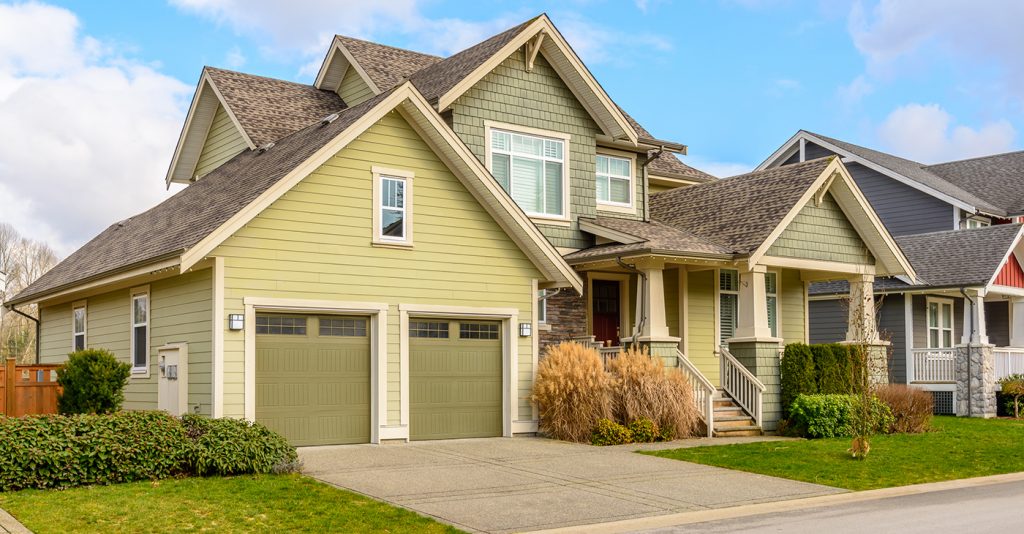The Best Strategy To Use For Three unique, affordable homes for sale under $160,000 each

Getting The California Land for Sale by Owner (FSBO) - LANDFLIP To Work
Across the country, more than 10 million renters (one in four) pay over half of their earnings on rent, and nearly half (47 percent) spend over the suggested 30 percent of their income on lease and energies. From 2012 to 2017, the number of units that are leased for under $600 monthly fell by 3.

These patterns are no doubt partially driven by supply constraints. Rental job rates from 2019 to 2021 have been, on average, at their most affordable levels in over 35 years. The issue of supply restraints appears to only be intensifying. In July 2021, rental costs had increased by 8. 3 percent year-over-year, the largest increase for which realty site Real, Page has information.
An Unbiased View of Newly listed homes for sale in the South Jersey area - Press of
Public housing is likewise experiencing a supply scarcity. Almost 2 million people across the country reside in public real estate, including households with kids, older Americans, and people with specials needs. Overall, over 5 million low-income families either reside in public housing, privately-owned but publicly assisted housing, or receive rental help to find homes in the personal market.

Is 'For Sale by Owner' a Good Idea? - Moving.com
Given that countless tenants pay half or more of their earnings on lease, this decrease in public housing stock is the reverse of what should have taken place. These supply restraints in the real estate market have an effect on long-lasting economic development and inequality. For example, these constraints increase the expense of housing, which in turn limitation labor movement.

Homes For Sale By Owner in Texas - 205 Homes - Real Estate - Houzeo

Buying a House For Sale by Owner: 6 Tips - Mashvisor
8 Simple Techniques For Homes for sale near Cal State LA - Real Estate - The Eastsider
One study finds that this misallocation of labor has actually resulted in a considerable decrease in the U.S. financial development rate given that the 1960s. Another study approximates that this misallocation could cost as much as 2 percent of GDP, which equates to more than $400 billion in lost economic output each year.
As the figure below highlights, the differences in homeownership among races has been big and consistent. Since Check it Out , the portion of Black and Hispanic Americans who own a home has been approximately 25 to 30 percentage points lower than that of white Americans. For Asian and Pacific Islander Americans, this distinction has been approximately 15 portion points given that 2016, when the information initially appear.
